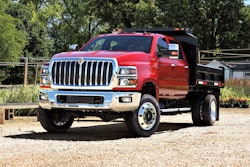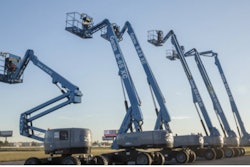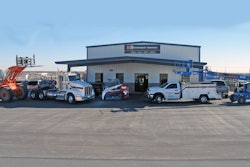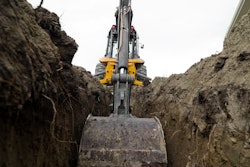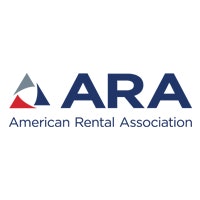
Updated every quarter, the forecast now projects greater revenue gains than the forecast released in May. It includes three rental industry segments: construction/industrial, general tool and party and event.
“We continue to see strong growth in rental revenues through 2018 and into 2019 due to the strong performance of the U.S. economy,” says John McClelland, ARA vice president for government affairs and chief economist.
On the other hand, ARA’s forecast for 2019 is now indicating slower growth than what has been experienced in 2018, McClelland says. Rental revenues are still expected to grow at higher rates than the economy.
In the States, ARA says equipment rental revenue is expected to finish 2018 at $53.04 billion, up 7.6 percent over 2017. For 2019, rental revenues will grow another 5.5 percent. The following years will see 5.9 percent growth in 2020, 5.1 percent growth in 2021 and 4.7 percent growth in 2022.
The large construction/industrial segment will see growth rates of 5.6 percent in 2019, 5.3 percent in 2020, 4.4 percent in 2021 and 4 percent in 2022. The general tool segment will larger percentage growth, including 6.2 percent in 2019, 7.7 percent in 2020, 7 percent in 2021 and 6.7 percent in 2022.
The biggest surprise in the updated forecast is the resiliency of the U.S. economy, says Scott Hazelton, managing director of IHS Market, the forecasting firm that compiles the data and analysis for ARA. “While one has to constantly be aware of the warning signs of a downturn, nothing appears imminent.”
Adds McClelland: “Our biggest concerns going forward are the continuing negative effects of tariffs on the rental industry, both from the increasing costs of equipment for all rental segments and construction equipment, as well as the overall fiscal drag that is caused by tariffs.”

![Thunder_Creek_MTT_460[1]](https://img.equipmentworld.com/files/base/randallreilly/all/image/2018/11/eqw.Thunder_Creek_MTT_4601.png?auto=format%2Ccompress&fit=crop&h=167&q=70&w=250)
